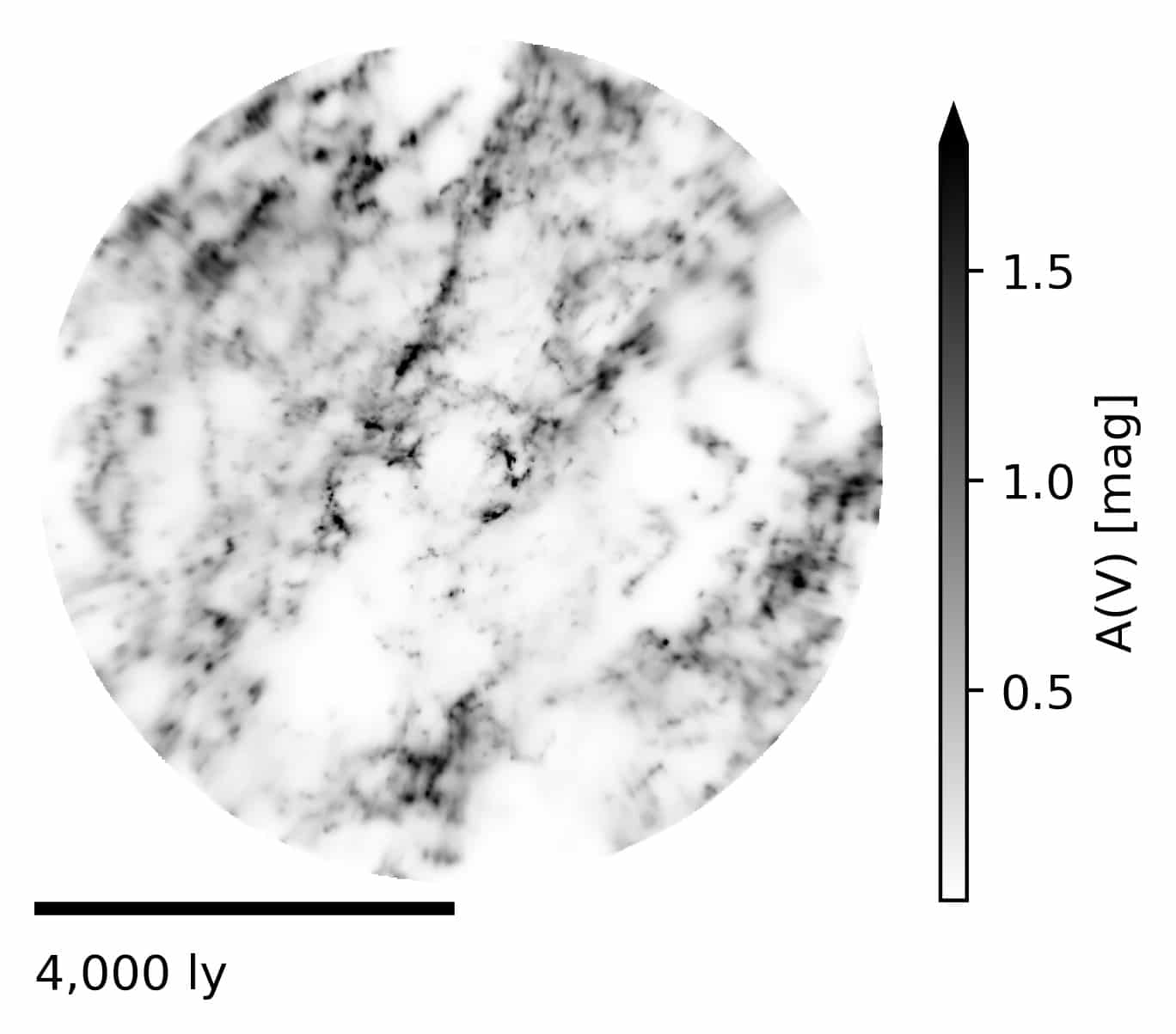Deepening our knowledge of the Milky Way thanks to Gaia is comprehensively changing our understanding of the galactic landscape. Thanks to this observatory, scientists are no longer limited to flat images. Thanks to Gaia, scientists have created an impressive 3D map that shows the distribution of matter in our galaxy. These mapping masterpieces use interstellar dust, which turns out to be important for star formation and planet formation. In addition, dust has an important function in measuring distances to stars and other celestial objects.
However, creating such three-dimensional maps is proving to be a big challenge for astronomers due to the limited data available. Nevertheless, scientists have found ways to overcome this limitation by using statistical methods and computer models to create detailed maps (taking uncertainties into concideration). This opens up new possibilities for the study of the Milky Way and an improved understanding of outer space.
Together with the Max Planck Institute for Astrophysics, scientists from Harvard and the Space Telescope Science Institute and the University of Toronto, we have created a detailed 3D map of the Milky Way. This three-dimensional map covers an impressive 4077 light years in all directions from our Sun, with a resolution of just a few light years. These new mapping achievements are not only of great importance for science, but also become an auxiliary tool for a variety of studies, including star formation processes and cosmological foreground corrections.

Scientists have developed an innovative method for creating maps of dust distribution in space, using a statistical approach that allows them to model smooth structures over the large areas required to generate these maps. The application of an algorithm that gradually adds details to the main 3D image of the dust has made the mapping process much more efficient and faster.
The 3D map becomes a valuable tool for studying the space between stars in the Milky Way and helps to unlock the mysteries of star formation processes in our cosmic neighborhood.
Earlier we reported how the most detailed 3D map of the stars’ guts revealed their main secret.
Based on the materials of techexplorist.com

